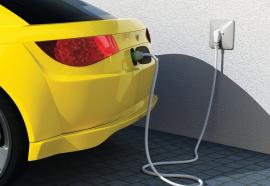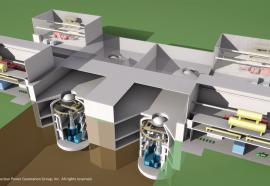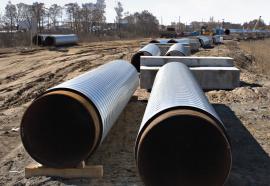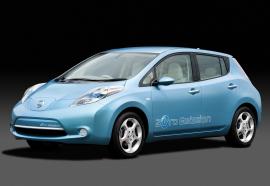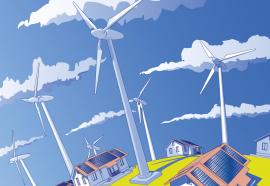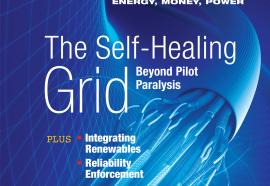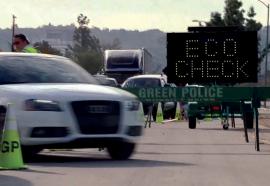Six weeks ago, FERC opened a notice of inquiry to invite industry comments on whether wind, solar, and other intermittent energy sources face unfair obstacles in wholesale power markets. Now assigned their own acronym—VERs, for “variable energy resources”—renewables make up a growing percentage of the nation’s energy supply portfolio. But as FERC notes, they present “unique challenges,” especially in terms of constraints on location and limits on the degree to which system operators can control or dispatch individual VER units. Thus, FERC suggests that certain common rules and practices, such as those for unit commitment, dispatch, and scheduling, might make it overly difficult to integrate VERs into the grid.



